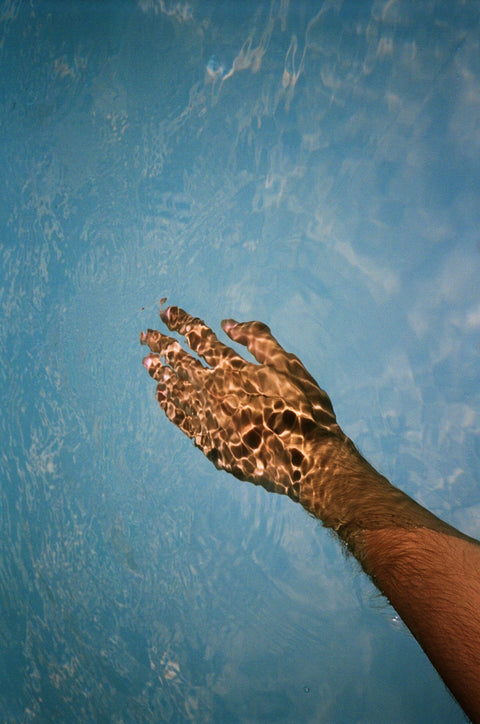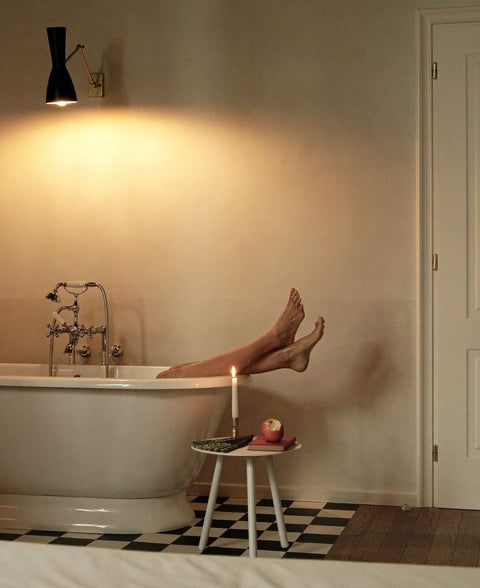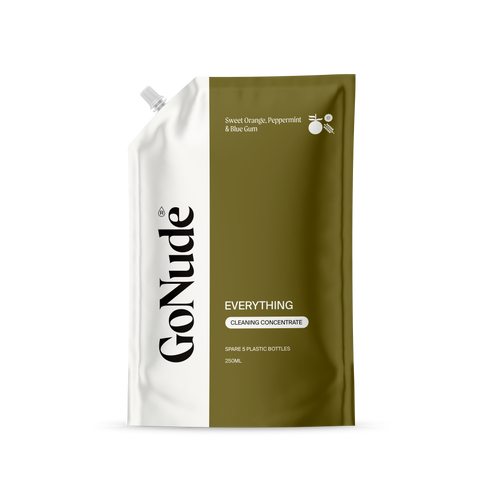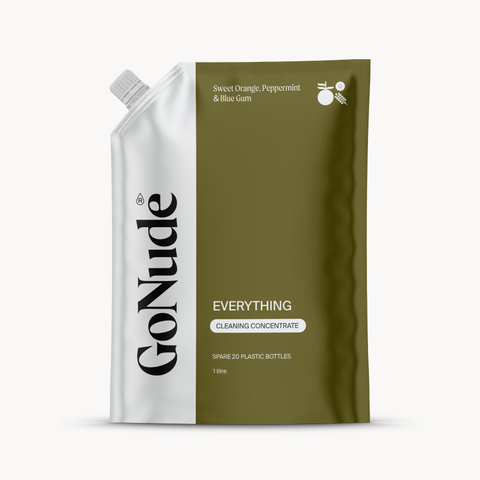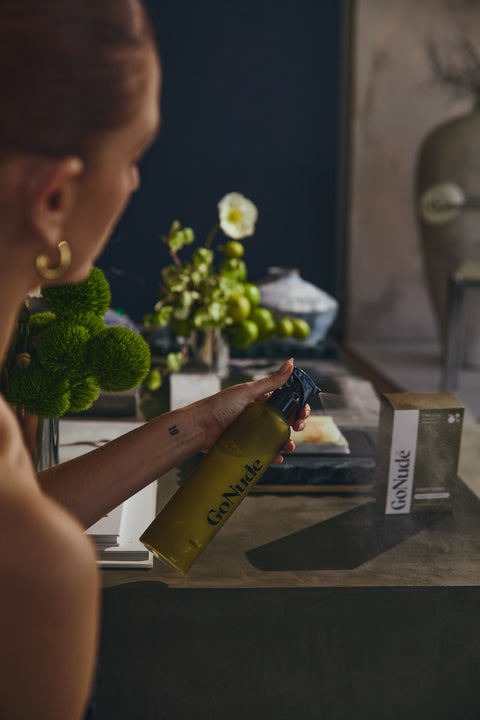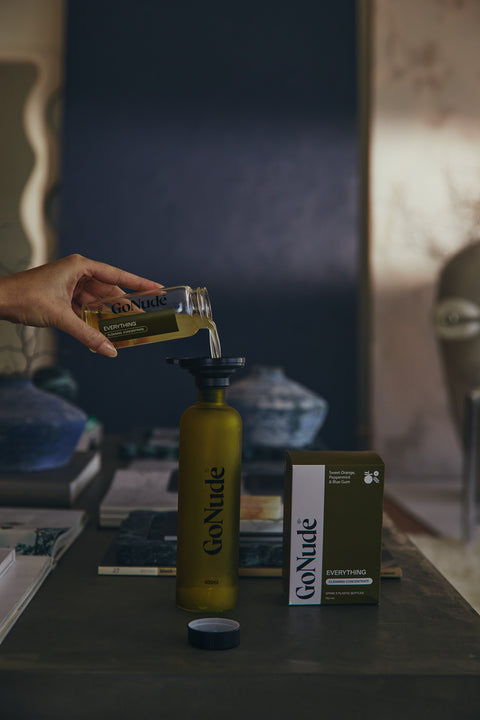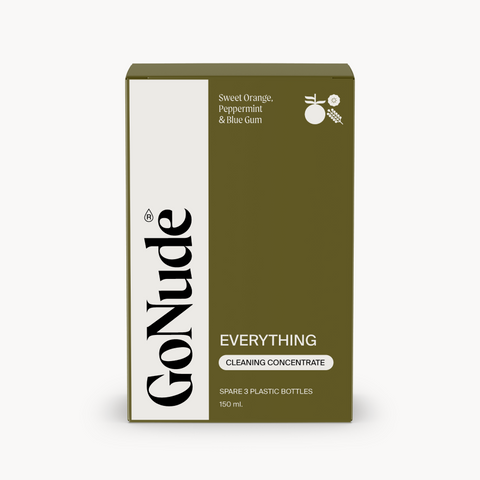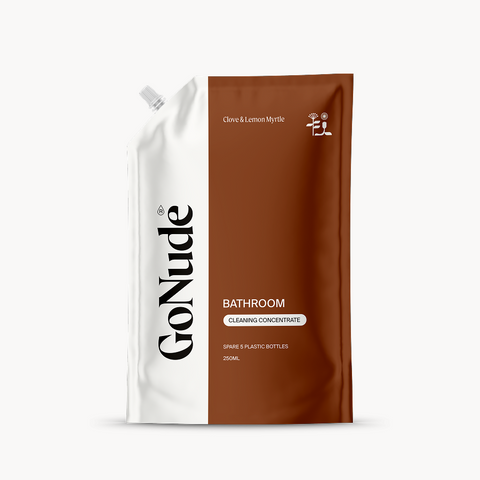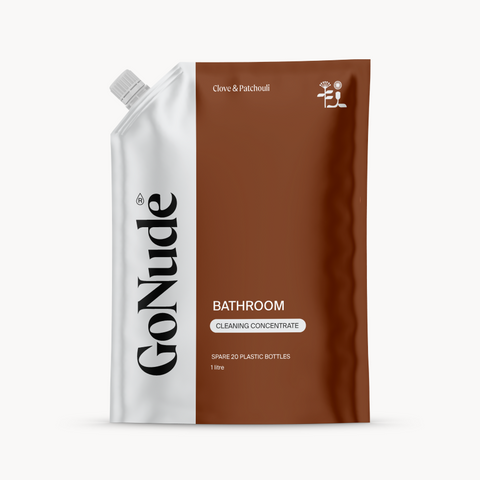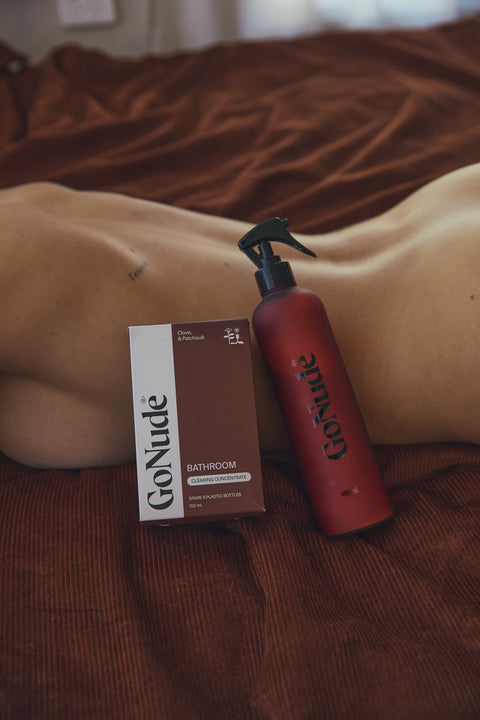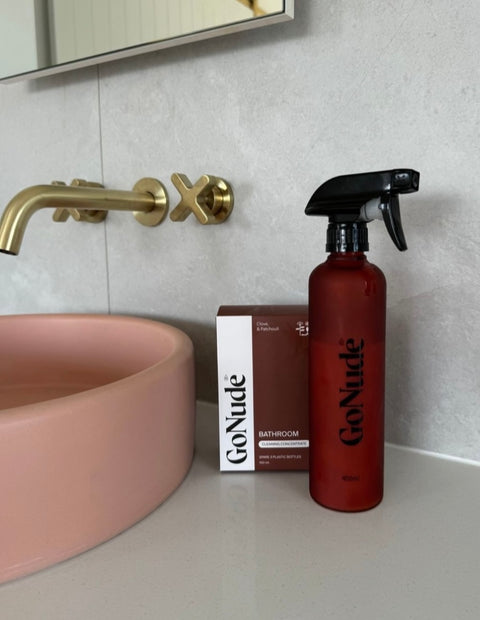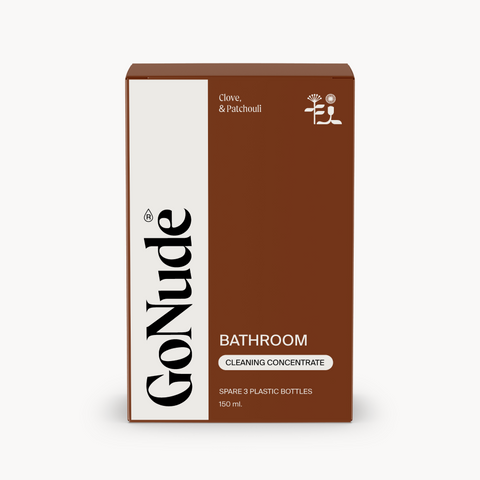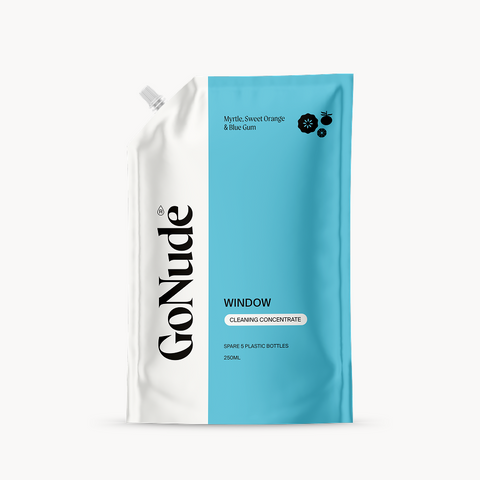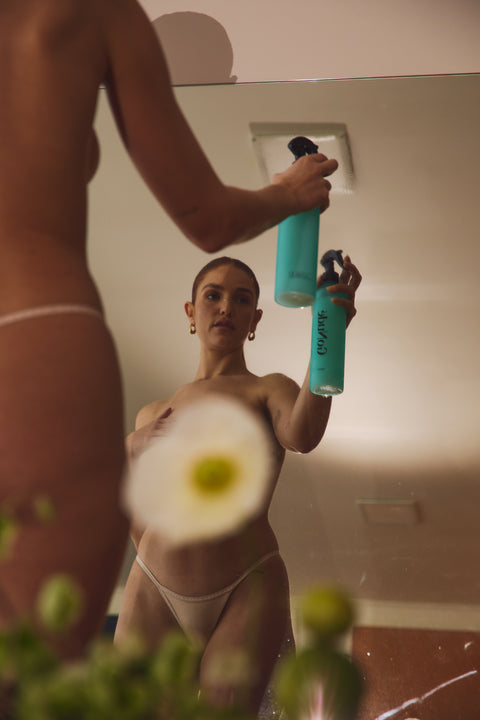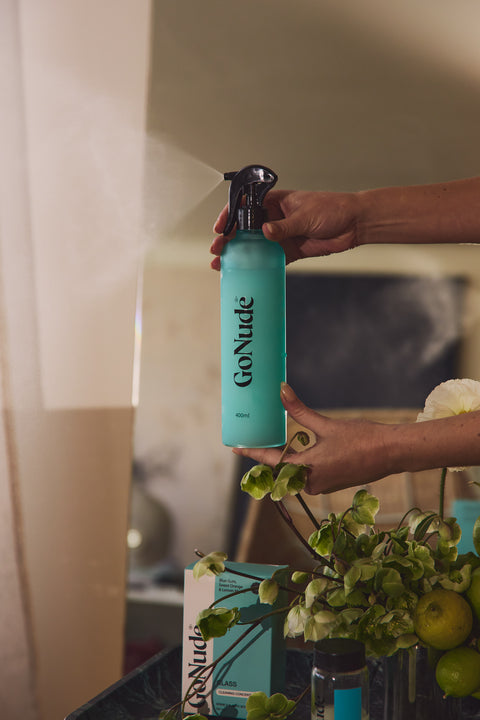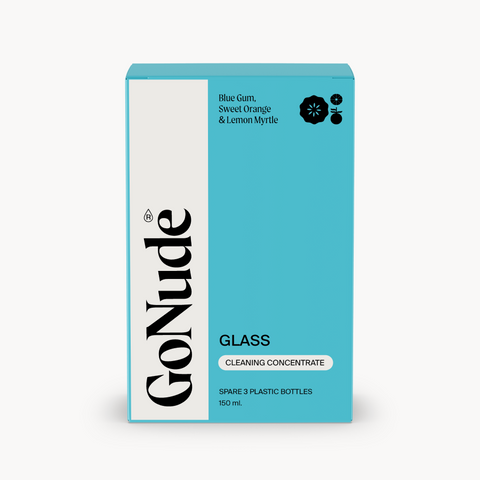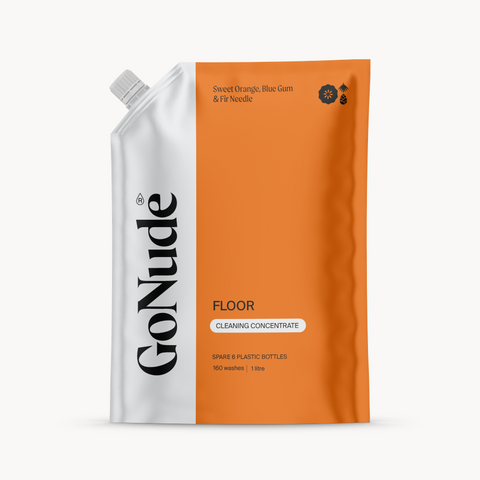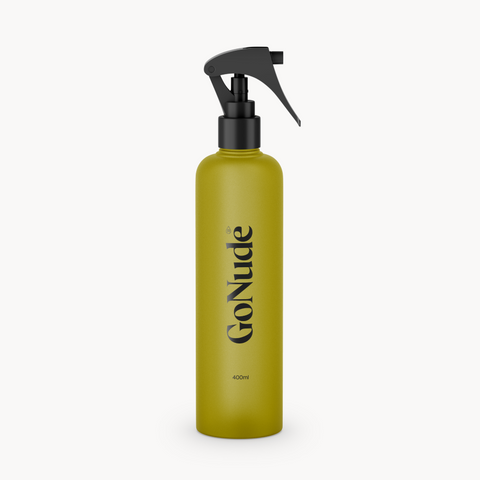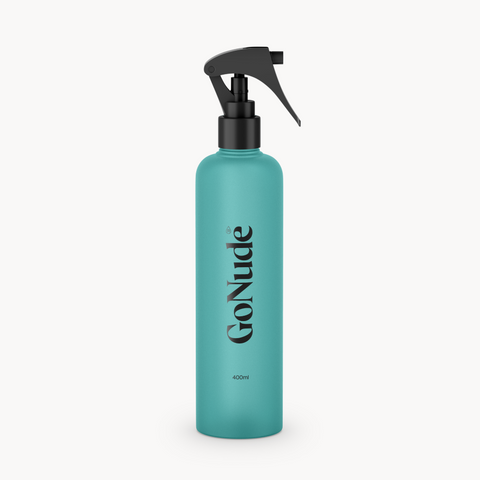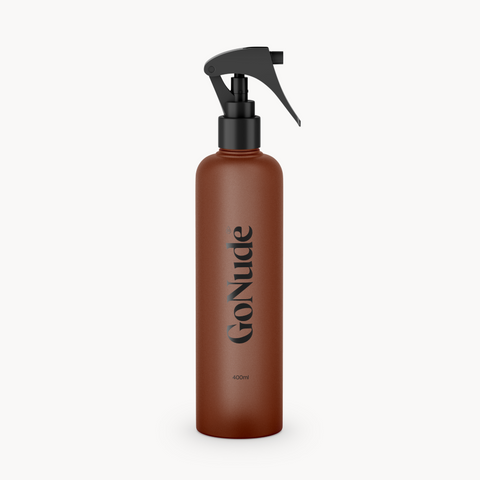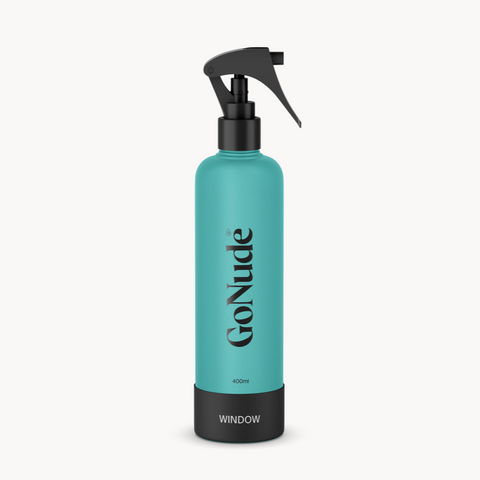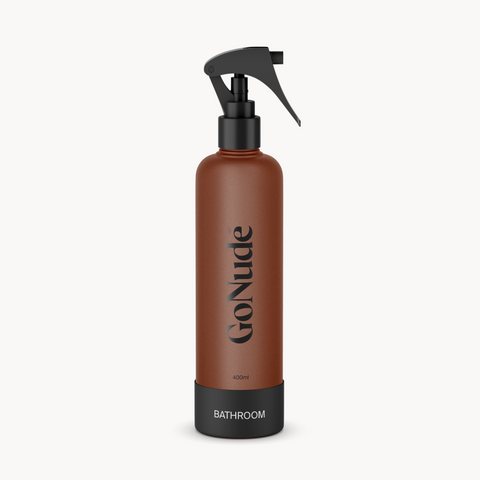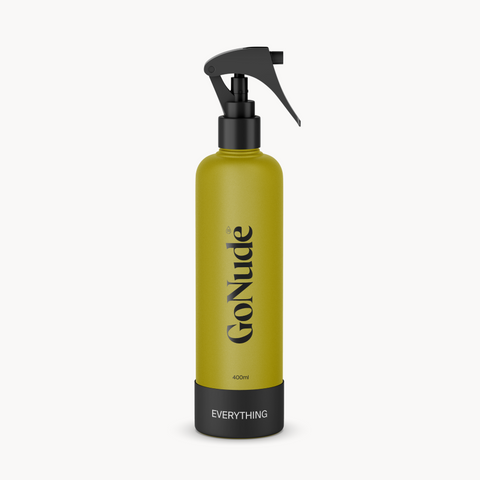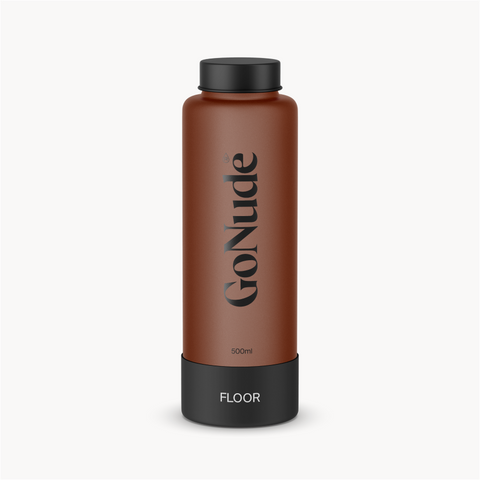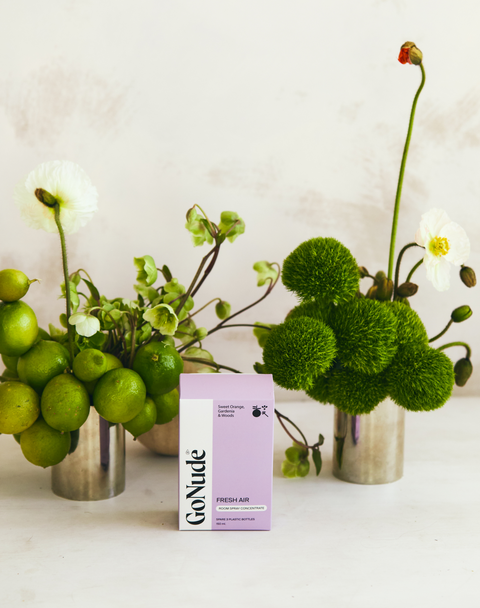Australia has some of the cleanest air and THE best beaches — but when it comes to chemical safety in household products, we’re not always ahead of the curve.
Some of the most common products in our cupboards are packed with ingredients that were kicked to the curb in Europe- years ago.
It’s not your fault. Australia’s chemical regulations haven’t quite caught up. That citrus-scented spray or "hospital-grade" disinfectant might smell clean, but it could be hiding endocrine-disrupting chemicals (EDCs), hormone hazards, or ingredients flagged for asthma and skin irritation.
So, let’s get into it. Here are 10 products you're probably using that Europe said a hard no to:
1. Air Fresheners (with Phthalates)
Your lavender plug-in isn’t as soothing as it smells. Phthalates have been linked to hormone disruption and fertility issues. Europe banned them. We still breathe them in. We say: ditch the artificial, there's nothing like a simple reset to bring REAL good vibes.
2. Antibacterial Cleaners (with Triclosan)
An ingredient once praised for its germ-killing power, Triclosan is now recognised as an endocrine disruptor and environmental toxin! It’s been banned in hand soaps across Europe and the U.S. but still quietly exists in some Aussie cleaning products and even toothpaste -check your labels!!!
3. Toilet Cleaners (with Chlorine Bleach)
Bleach has been the go-to for “deep cleaning” for decades- but that doesn’t mean it’s the best option! Many EU countries have restricted or discouraged consumer use of chlorine bleach due to its toxic fumes and reactivity with other household chemicals. Despite this, bleach is still a go-to here in Australia for “deep cleaning” -The good news? You don’t need harsh chemicals to get a sparkling loo. Plant-based cleaners get the job done- no fumes, no drama.
4. Laundry Detergents (with Synthetic Musk)
These ‘long-lasting’ scent ingredients don’t just stay on your clothes-they build up in our bodies and wash into waterways, prompting strict bans and restrictions across Europe. Yet here in Australia, many laundry products still hide them behind vague, catch-all terms like “perfume” or “fragrance.” Our take? Choose brands that proudly list every ingredient- so you get clean clothes, with zero hidden chemicals.
5. Surface Sprays (with Formaldehyde-releasing preservatives)
Yes, formaldehyde. A known carcinogen, released slowly into the air by some preservatives. While EU regulations limit their concentration or ban them outright, they still pop up in lower-cost cleaning lines here in Australia…something to keep an eye out for on product labels!
6. Fragranced Cleaners (with Lilial)
This floral-scented chemical was banned in Europe in 2022 for reproductive toxicity. But.. it’s still in some Aussie sprays. If the label just says “fragrance”, it might be in there!
7. Disinfectant Sprays (with Quats)
Short for "quaternary ammonium compounds," -
these chemical germ-killers are still hanging around in plenty of hospital-grade and household “kill-all” sprays in Australia. Europe’s not such a fan. Why? Quats have been linked to lung irritation, asthma, and skin allergies.
We say: ditch the overkill. Go for products that clean without coating your home in chemical residue.
8. Mothballs (with Para-dichlorobenzene)
If you’ve ever opened an old wardrobe and caught a sharp, chemical smell- that’s mothballs. These little white pellets or blocks are used to stop moths from nibbling on clothes, but they work by releasing toxic fumes. Banned in the EU since 2008 for their possible carcinogenic effects, they’re still hanging around in some Aussie homes and air fresheners today.
There are safer, natural ways to keep moths at bay (hint: try cedarwood or essential oils to keep your clothes safe without filling your space with chemicals you don’t want to breathe).
9. Multi-purpose Cleaners (with NPEs)
Nonylphenol ethoxylates mimic estrogen and harm marine life. Europe saw the red flags and restricted them over 20 years ago. But here in Australia? You’ll still catch them sneaking into some mainstream cleaners. Our take? Let’s leave hormone-disrupting chemicals and ocean pollution in the past-where they belong.
10. Glass Cleaners (with Ammonia)
Ammonia might leave your glass looking shiny, but the fumes? Not so great for your lungs. Europe tightly regulates exposure to it because it can irritate your airways—especially in stuffy, enclosed spaces. Meanwhile, here in Australia, we’re still spraying it around tiny, steamy bathrooms with the windows shut. Our vibe? Ditch the fumes. Get the same streak-free shine- without holding your breath.
So you're probably wondering, why are these products still allowed in Australia?
It’s not that Australia doesn’t care - but our chemical regulations are slow to evolve, and many ingredients aren’t re-evaluated as often as in the EU. Ingredient transparency laws are also looser here, especially when it comes to “fragrance.”
What you can do:
- Read the label — pretty packaging doesn’t always mean clean and safe.
- Avoid vague terms like “fragrance” or “perfume.”
- Back brands that tell it like it is – full ingredient lists, no secrets, no sneaky fragrances.
- Make the swap to safer stuff – better for you, better for the planet, still gets the job done.
Want a healthier home without the guesswork?
We started Go Nude to make hormone-friendly, science-backed cleaning affordable, refillable, and genuinely enjoyable to use. No greenwashing. No sneaky fragrances. Just formulas that cut through the grime without clouding your air.
So whether you're starting fresh or swapping out one product at a time you're already making a powerful shift!
We think we’re about to have a lot of Nude neighbours.

